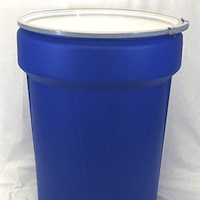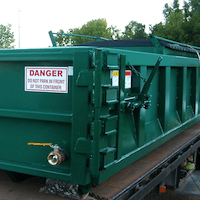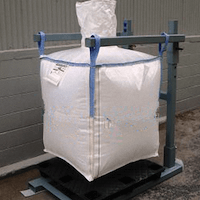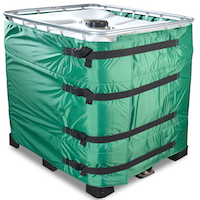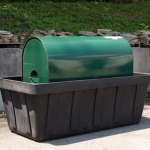
A DOT Quiz — TRUE or FALSE!
Gasket Positioning is Critical How to Package Sustainability
Take a few minutes and answer True or False to the following statements about compliance with the DOT regulations:
The transportation of hazardous materials exclusively on private property, to which signs, gates and guard stations prevent public access, is not subject to the Hazardous Materials Regulations.
If a carrier is present during the time of unloading and the motive power is still attached to the transport vehicle when an incident occurs, the carrier is responsible for submitting an incident report per CFR 171.16. If the carrier has dropped the transport vehicle and the motive power is removed from the premises, the carrier obligation is fulfilled and transportation is ended; thus, the hazardous materials incident reporting would not apply.
Employees subject to hazardous materials training must be tested for general awareness/familiarization, function specific and safety training in accordance with CFR 172.704. In addition, recurrent training must cover these three primary areas of knowledge. Therefore, an employee must successfully pass initial hazardous materials training in addition to recurrent training. Recurrent training cannot be waived.
If a hazardous material at ambient temperatures meets the definition of a solid under CFR 171.8 when packaged and offered for transportation, it is a solid material. However, if the solid will likely encounter temperatures in transportation that may cause the material to become a liquid per CFR 173.197(e)(5), then the packaging must be capable of containing the hazardous material in the liquid state.
—Howard Skolnik
Answers: All True!
Drum Gasket Positioning is Critical
For a steel drum, the closure system is the key to successful transport and storage. By far, one of the most critical components of a proper drum seal is the gasket. Since the adoption of Performance Oriented Packaging Standards (POPS) in the mid-1990’s, new gasket styles, materials and profiles have entered the market to increase drum integrity and performance. Gaskets today can vary by density, contour, color and composition. However, with all these variations, drum fillers must be aware that all gaskets need to be inspected prior to sealing or closing a drum. Whether it‘s the first time closed, or a repeated closure, check the gasket for any irregularities including, but not limited to: crumbling, cracking, slicing, tearing. Confirm that the gasket is properly seated into the cover groove or on top of the bead. Check if the bond to the metal is intact, and does the gasket exhibit memory (bounce-back when compressed). In the event that a user believes that the gasket to be used is questionable, contact the original equipment manufacturer for a replacement gasket. It is important that replacement gaskets be the same as the original gasket with which the drums were UN tested. Using a different gasket will void the UN certification of the drum.
Always have drum closure written or visual instructions for Bolt and Leverlock drums readily available for reference or training.


 P.O. Box 8149
P.O. Box 8149